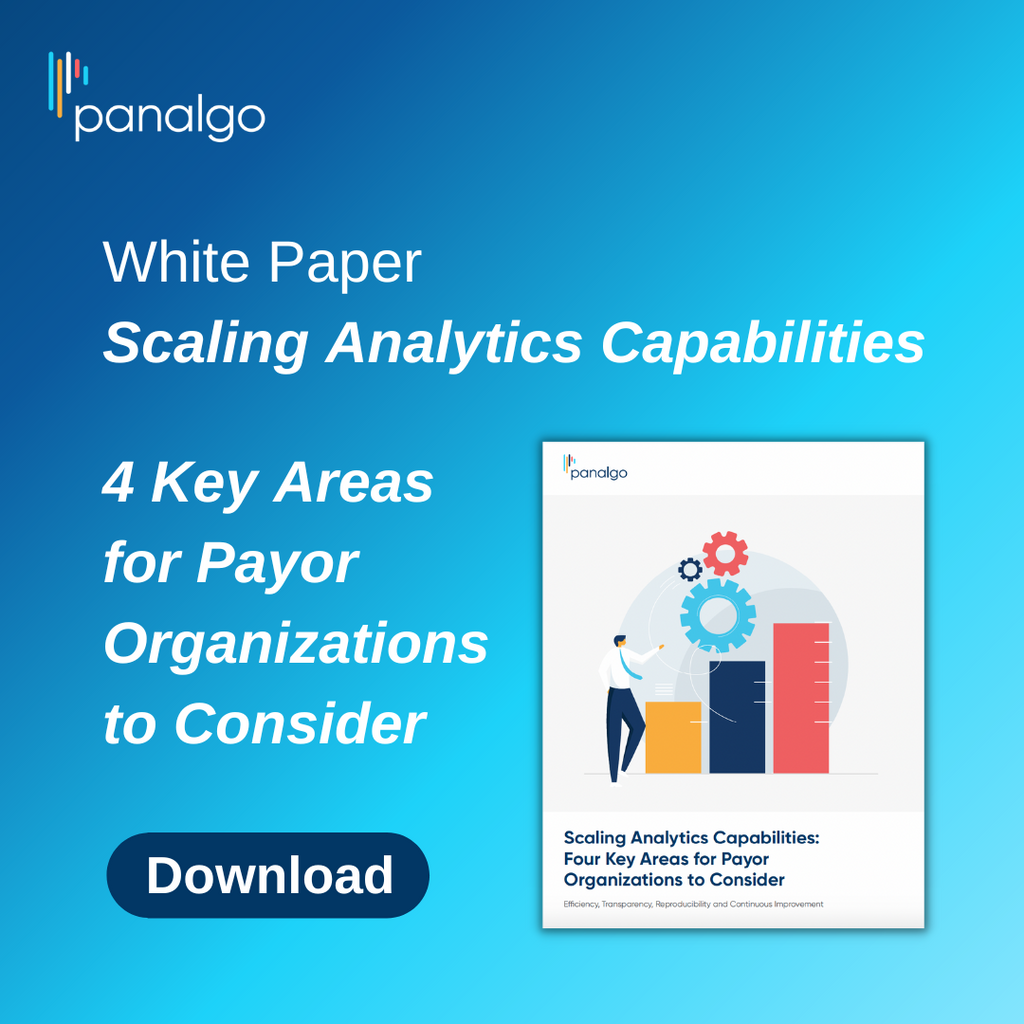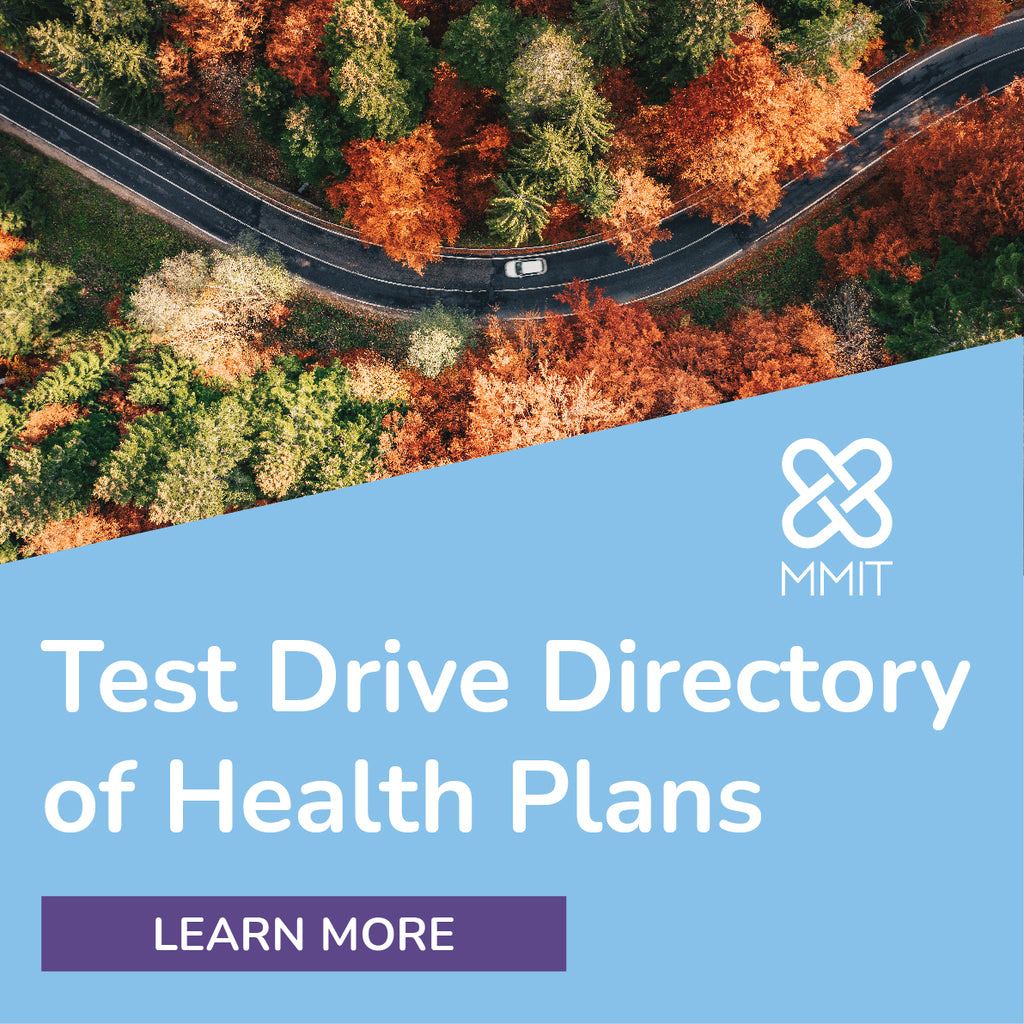Health Plan Weekly
-
New Push for Medicaid Work Requirements Meets Wall of Opposition
Republicans in the U.S. House of Representatives have passed legislation that would require about one-third of Medicaid enrollees to be employed or looking for work, which would be a radical shift in the safety net program’s mission and operations. Although the bill has little chance of becoming law, given Democrats’ control of both the Senate and White House, many health care policy experts have been quick to name work requirements’ many downsides — and one health insurance trade group denounced the proposal.
The work requirements proposal narrowly passed the House on April 26 in a party-line vote. It’s part of H.R. 2811, the Limit, Save, Grow Act of 2023, a bill that is Republicans’ latest offer in ongoing negotiations with congressional Democrats and the Biden administration over raising the federal debt limit, which is projected to reach the current limit in July. The work requirements proposal is one part of a broader package of austerity measures. In a notable break with past work requirements policies, including those of the Trump administration, the H.R. 2811 proposal would make work requirements a part of the Medicaid program in every state. The Trump administration’s Medicaid work requirements policy required states to implement such programs through Section 1115 waivers, which allow states to waive certain Medicaid rules in order to test “budget-neutral" policy approaches aimed at better serving Medicaid populations.

-
Pear Bankruptcy Filing Highlights Reimbursement Barriers for Digital Therapeutics
Pear Therapeutics, Inc. this month filed for Chapter 11 bankruptcy, saying that it had laid off about 92% of its staff but would still pursue a sale of the company or its assets. Health care insiders tell AIS Health, a division of MMIT, that the announcement by one of the pioneers in the prescription digital therapeutics (PDT) industry highlights the challenges such companies face getting their products reimbursed. The difficulties are exacerbated by investors being wary of backing companies that promise future growth but have yet to turn a profit.
In 2017, Pear’s reSET digital app to treat patients with substance use disorder became the first FDA-approved PDT, which are software-based therapies to treat medical and behavioral conditions. Since then, the FDA has approved more than 40 DPTs, according to Brandon Aylward, Ph.D., director of digital health for RTI International, a nonprofit research institute.

-
Humana Dodges Cost Concerns, Touts MA Growth in 1Q Earnings Report
Although the managed care earnings season kicked off with concerns about rising medical costs, equities analysts appeared optimistic about Humana Inc.’s prospects after the insurer reported its first-quarter 2023 financial results on April 26. They seemed particularly impressed by Humana’s performance during the Annual Election Period (AEP) and Open Enrollment Period (OEP) for Medicare Advantage customers.
Humana’s first-quarter results “brought forth a positive preliminary look at 2024 MA rates, strong MLR [medical loss ratio] upside aided by favorable development, and 2023 AEP/OEP details that draw a positive look into the composition of members, retention, and margins,” SVB Securities analyst Whit Mayo wrote in an April 26 note to investors.

-
Centene Beats First-Quarter EPS Projection, but Predicts 2024 Medicare Loss
Centene Corp. exceeded earnings projections during the first quarter of 2023 and raised its guidance, moves that were made possible by growth in Affordable Care Act exchange enrollment. But the carrier cut its guidance for 2024, mainly due to capital costs related to scaling up its Medicare Advantage business. One Wall Street analyst was sanguine on the results and praised the firm’s “conservatism” in approaching Medicaid redeterminations, which will have a disproportionate impact on the Medicaid-focused insurer compared to other commercial insurance peers.
Centene took in $35 billion in revenues during the first quarter of 2023, and delivered $1.16 billion in adjusted net earnings, which amounted to adjusted diluted earnings per share (EPS) of $2.11, a figure that beat the Wall Street consensus projection of $1.98. Total quarterly premium and operating revenues increased by 2% year over year, while adjusted quarterly net earnings increased by 8.2% year over year. Medical loss ratio (MLR) was 87%, down from 87.3% in the first quarter of 2022. Management reduced its 2024 full-year EPS projection to $6.60 or higher.

-
Key Financial Data for Leading Health Plans — Fourth Quarter 2022
Here’s how major U.S. health insurers performed financially in the fourth quarter of 2022. Health Plan Weekly subscribers can access more health plan financial data — including year-over-year comparisons of leading health plans’ net income, premium revenue, medical loss ratios and net margins. Just email support@aishealth.com to request spreadsheets for current and past quarters.











